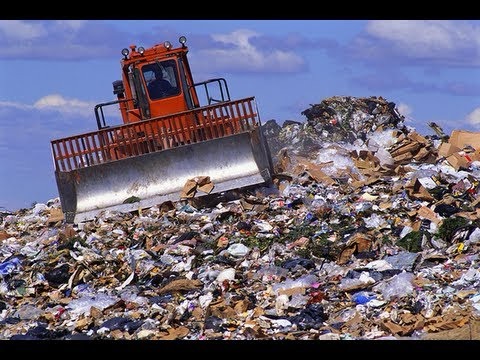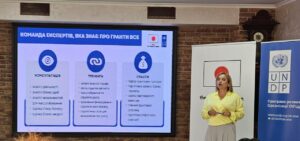
New developments of the Avelife Institute of Nanotechnology
The Institute of Nanotechnology and Organic Products “Avelife” improves the methodology and creates modern tools and products to increase crop yields, restore soils and water bodies.
Sources of solid waste generation are organizations and enterprises, the population of city districts, and infrastructure facilities. The population accounts for the maximum amount of solid waste generated.
According to experts, a person “produces” from 200 to 350 kg of household waste per year. In the thickness of solid household and industrial waste stored in landfills, under the influence of microflora, a biothermal anaerobic process of decomposition of organic components of waste occurs.
The final product of this process is biogas, the main volume of which is methane and carbon dioxide. Along with the above components, biogas contains water vapor, carbon monoxide, nitrogen oxides, ammonia, hydrocarbons, hydrogen sulfide, phenol and in small quantities other impurities that have a harmful effect on human health and the environment.
The quantitative and qualitative composition of biogas depends on many factors, including the climatic and geological conditions of the landfill location, the morphological and chemical composition of the imported waste, storage conditions (area, volume, burial depth), humidity, density, etc., and is subject to clarification in each specific case.

At most landfills and dumps, the bulk of incoming waste is household waste (up to 80%), the remaining 20% is industrial waste, permitted for burial together with household waste.
The morphological composition of solid waste stored at landfills and dumps, according to averaged research data in the city and region, in percentages by mass is as follows:
The average density (bulk weight) of waste is 0.1 – 0.2 t/m³, humidity ranges from 40 to 55%, and the organic matter content (as a percentage of dry mass) is up to 70%.
The generally accepted technology for waste disposal involves planning and compacting the waste being transported, as well as regular soil isolation of the working layers.
In the initial period (about a year), the process of waste decomposition is characterized by its oxidation, which occurs in the upper layers of waste, due to the oxygen contained in the cavities and penetrating from the atmosphere. A year after the laying, as the waste is naturally and mechanically compacted and isolated by the soil, anaerobic processes intensify with the formation of biogas, which is the final product of biothermal anaerobic decomposition of organic components of waste under the influence of microflora.
Biogas is released into the atmosphere through the thickness of the waste and insulating layers of soil, polluting it. If the storage conditions do not change, the anaerobic decomposition process stabilizes with a constant volume of biogas release of practically the same gas composition (with stability of the morphological composition of the waste).
There are five phases in the process of decomposition of the organic component of solid waste in landfills:
The first and second phases take place in the first 10-15 days from the moment of waste placement, the duration of the third phase is from 180 to 500 days. The duration of the fourth phase is 10-30 years, if the storage conditions do not change.
Процес мінералізації відходів відбувається протягом першого року – на 12 см, другого року – на 21 см, третього року на 27 см тощо. Емісія біогазу з поверхні полігону йде поступово, без аварійних і залпових викидів, тільки в тому випадку якщо вжито всіх заходів технологічного поховання.
The dynamics of MSW indicates its constant growth. At the same time, at least 80 percent of MSW sent to landfills is waste that can be involved in economic activities as secondary resources.

The Institute of Nanotechnology and Organic Products “Avelife” improves the methodology and creates modern tools and products to increase crop yields, restore soils and water bodies.

On June 20, 2025, the head of the Institute of Nanotechnologies and Organic Products “AVELIFE”, Timur Levda, attended a fundraising consultation meeting held at the “France” Hotel in Vinnytsia.

In a world where every third banner screams “eco!”, the consumer no longer believes words. He wants to see. Feel. Be immersed. And this is where immersive marketing begins.